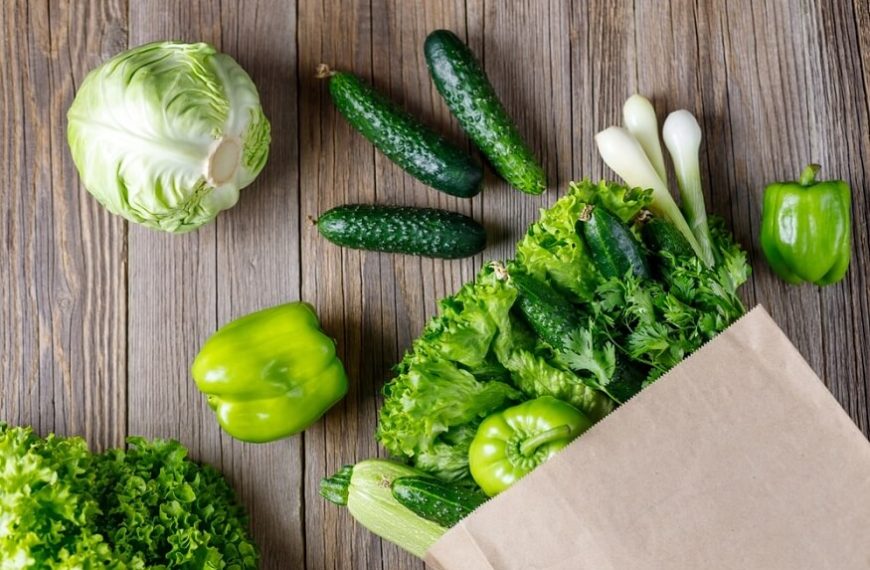8 Warning Signs of Low Blood Oxygen Levels
Low blood oxygen (hypoxemia) means your body is not getting enough oxygen to function properly.
This condition can be life-threatening if ignored.
1. Shortness of Breath (Dyspnea)
-
Why it happens:
When oxygen is low, your lungs and heart must work harder, making you feel like you can’t catch your breath. -
Warning: Constant shortness of breath even when resting indicates serious oxygen deficiency.
2. Rapid Breathing (Hyperventilation)
-
Why: Your body tries to compensate by breathing faster to bring in more oxygen.
3. Chest Pain or Tightness
-
Why: Lack of oxygen strains the heart and may trigger angina or heart-related discomfort.
4. Confusion or Difficulty Concentrating
-
Why: The brain is highly sensitive to oxygen shortage, leading to dizziness, confusion, or poor focus.
5. Bluish Skin, Lips, or Fingernails (Cyanosis)
-
Why: When oxygen levels drop, blood circulation to extremities reduces, causing a bluish discoloration.
6. Headaches
-
Why: Oxygen deficiency in the brain causes vascular changes, triggering headaches.
7. Fatigue and Weakness
-
Why: Without enough oxygen, your muscles and organs cannot produce enough energy, making you tired quickly.
8. Increased Heart Rate (Tachycardia)
-
Why: The heart beats faster to circulate the limited oxygen more efficiently.
Causes of Low Blood Oxygen
-
Chronic lung diseases (COPD, asthma, pneumonia).
-
Sleep apnea.
-
Heart conditions.
-
High altitudes.
-
Obesity and poor lifestyle habits (smoking, alcohol).
Foods That Help Improve Blood Oxygen

✅ Eat foods rich in iron, antioxidants, and vitamins that boost red blood cell function and lung health:
-
Leafy greens (spinach, kale, broccoli) → rich in iron and folate.
-
Beetroot → contains nitrates that improve blood flow and oxygen use.
-
Citrus fruits (oranges, lemons) → high in Vitamin C, improves iron absorption.
-
Apples & pomegranates → support blood circulation and oxygen delivery.
-
Fish & lean meats → provide protein and omega-3 fatty acids to improve lung function.
-
Ginger & turmeric → natural anti-inflammatory herbs that support breathing.
Foods to Avoid

❌ These reduce oxygen absorption or worsen inflammation:
-
Processed meats (bacon, sausages, ham).
-
Fried and greasy foods (cause inflammation in blood vessels).
-
Excess sugar and refined carbs (increase inflammation and reduce circulation).
-
Alcohol and smoking (directly reduce oxygen transport).
-
Excess salt (causes fluid retention, making breathing harder).
Treatment & What to Do
-
Medical check-up → If symptoms persist, check blood oxygen with a pulse oximeter (normal is 95–100%). Below 90% is dangerous.
-
Oxygen therapy → In severe cases, supplemental oxygen is needed.
-
Breathing exercises → Practice deep breathing, pursed-lip breathing to improve lung efficiency.
-
Exercise regularly → Walking, yoga, and swimming increase oxygen intake naturally.
-
Stay hydrated → Water keeps blood thin, improving oxygen circulation.
-
Quit smoking immediately → Smoking blocks oxygen from binding to hemoglobin.
-
Good posture → Sitting upright or sleeping with your head elevated makes breathing easier.
-
Treat underlying cause → Asthma, COPD, anemia, or heart disease must be managed with a doctor’s guidance.
Important Notes
-
Occasional shortness of breath after exercise is normal, but persistent symptoms are dangerous
. -
If you ever experience sudden severe shortness of breath, bluish lips, or confusion → call emergency services immediately.
If you get these bruises on your body, it means you have

When a Lump Suddenly Appears on the Body, Such as on the Wrist
It doesn’t hurt or itch, but you worry whether it’s benign or malignant. Many people choose to “ignore it” and end up with lifelong problems.
In daily life, we often see ourselves or family members develop lumps around the wrist joints, ankles, or elsewhere. When touched, they feel smooth and movable, without pain or itching, yet they always bring fear of whether it could be cancer.
So, are these lumps harmful or normal? Could they be malignant?

What Is a Ganglion Cyst?
This type of lump is called a ganglion cyst, sometimes referred to as a “Bible cyst.” They are especially common in women and among people whose work involves frequent use of the hands and feet—such as craftsmen, manual laborers, athletes, or housewives.
In reality, a ganglion cyst is like a lump or protrusion attached to a joint or covered within a tendon. It resembles a fluid-filled sac, but inside is a thick, transparent, jelly-like substance. Sometimes it feels firm; in others, it is soft like a sponge.
Ganglion cysts vary in size. Some appear large but are actually clusters of smaller cysts connected by tiny channels.
Many cysts are harmless. In fact, they account for about half of all soft-tissue lumps that occur on the hand.
Besides the wrist—the most common site—these cysts can also appear near the fingers, fingertips, alongside the knee or ankle, or on the top of the foot. Because they are easily visible, they often become a cosmetic concern, particularly for women who care about appearance.
Causes of Ganglion Cysts
The exact cause remains unclear. One theory suggests trauma may lead to degeneration of soft joint tissue, which then forms small cysts that merge into larger, more visible ones.
In other cases, constant rubbing or pressing on soft tissue, or working in fixed positions for long periods, may also contribute. Habitually touching or pressing the area can make cyst formation more likely.

How to Identify a Ganglion Cyst
Generally, it is not difficult to recognize these lumps based on:
-
Sudden appearance of one or more lumps of varying sizes.
-
Usually soft, with a diameter of 1–3 cm, and fixed in place.
-
They may grow slowly over time, appear suddenly, shrink on their own, or even disappear—but can recur later.
-
Some cause pain of varying intensity, either acute or recurrent.
-
Around 35% of cases show no symptoms.
-
Pain, when present, often comes from excessive joint activity.
-
If attached to tendons, the hand may feel weak, reducing finger strength.
Is Every Lump a Ganglion Cyst?
Not always. Some may be due to tenosynovitis (inflammation of the tendon sheath).
-
Early stages: mild localized pain or a hardened lump.
-
Progression: difficulty bending the hand.
-
If in the wrist: pain is worse in the morning, sometimes accompanied by a clicking or popping sound when moving. The pain often improves after warming up or massage.
-
Without proper treatment, this can lead to difficulty bending the fingers—or even permanent deformity.
In most cases, these lumps grow slowly, with little to no symptoms apart from mild discomfort. Some may press on nerves, causing additional pain. Rarely, they may disappear completely and not recur, but most persist or enlarge gradually.
Another condition to note is vascular tumors, usually very small (about 2 mm), but extremely painful, sometimes causing persistent tingling or burning pain. These often appear under the skin or near the nails.
Do You Need to See a Doctor?
Typically, ganglion cysts are more of a cosmetic issue and do not pose serious health risks.
However, if you are worried, you can consult a surgeon for a detailed examination to rule out dangerous cysts, ease your mind, and make the right treatment decision. Unless there is severe damage, treatment is usually not urgent.
What Should You Do If You Have a Lump?
-
The simplest method is to soak the affected area in warm water and massage it to see if the lump reduces.
-
If discomfort persists, topical pain-relief creams may help.
-
In more severe cases, medical intervention is needed. Depending on the cyst, treatment may include aspiration (draining fluid with a needle) or surgical removal.
In all cases, if the lump looks suspicious or changes in size or symptoms, seek medical attention early.





